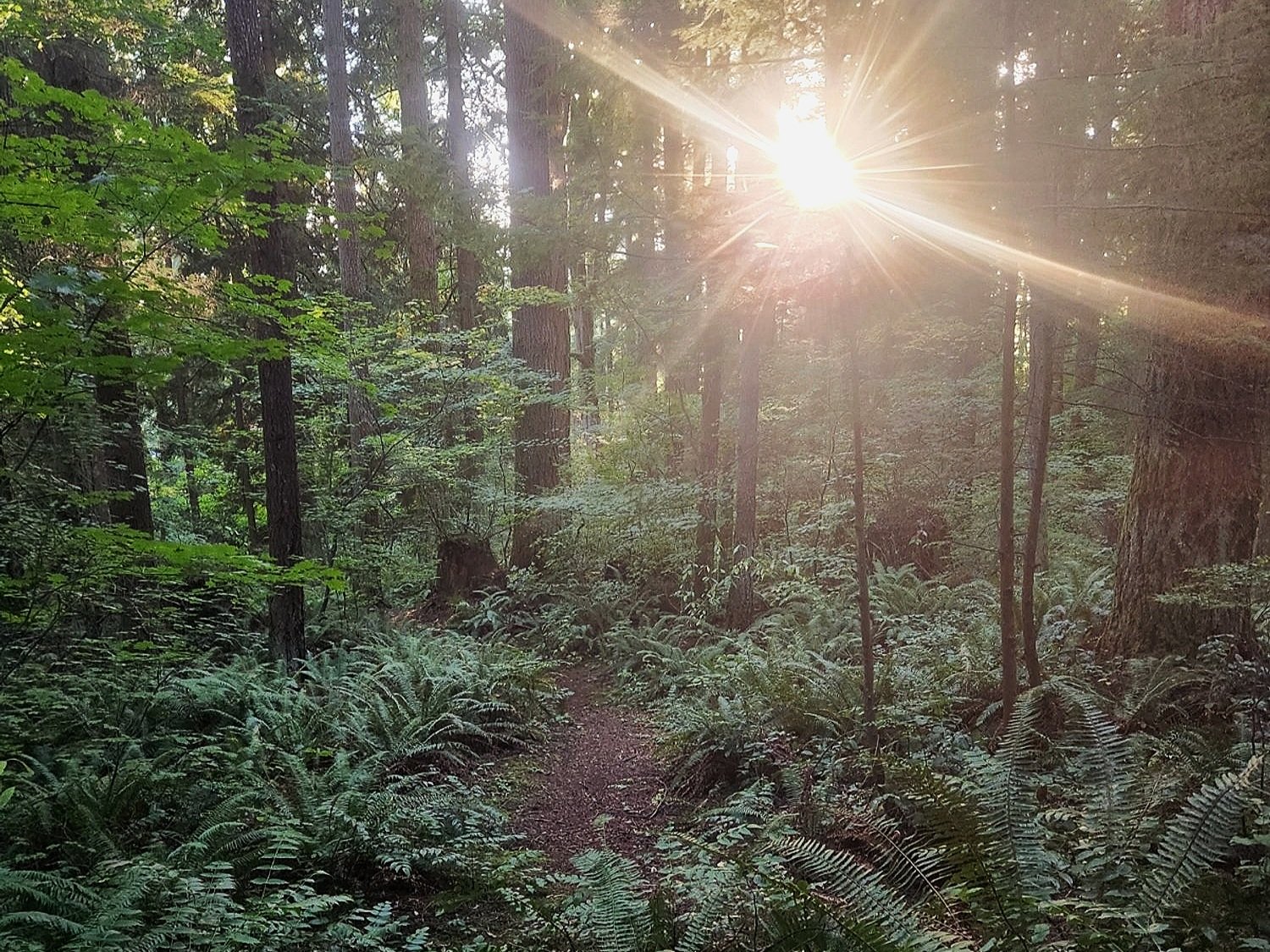Best Plant Identification Field Guides for Western Washington
Are you a nature enthusiast who loves exploring the diverse flora of Washington state?
Whether you're a hiker, botanist, or simply someone who enjoys the outdoors, having reliable plant identification field guides can enhance your experience and deepen your understanding of the local plant life. To help you on your journey, we've compiled a list of our favorite field guides specifically tailored for western Washington. Strap on your hiking boots and get ready to unlock the secrets of the Evergreen State!
1. “Plants of the Pacific Northwest Coast” By Jim Pojar & Andy MacKinnon
The staple “Pojar” is the number one plant identification guide that literally everyone in the PNW talks about, references, and probably has stashed in the bottom of their backpack at all times. With a wealth of meticulously detailed information, this guidebook offers a comprehensive and accessible exploration of the botanical treasures that abound in this enchanting region. From towering conifers to delicate wildflowers, the authors unravel the mysteries of each plant, providing invaluable insights into their characteristics, habitats, and traditional uses. Their expert descriptions, captivating illustrations, and clear organization make this book a must-have for hikers, nature enthusiasts, and botany lovers alike, elevating the reader's understanding and appreciation of the unique flora that graces the breathtaking Pacific Northwest Coast.
2. "Wildflowers of Washington" by Mark Turner & Phyllis Gustafson
This comprehensive and visually stunning guidebook showcases over 870 native and naturalized wildflowers found across Washington state. The book provides detailed descriptions, vibrant photographs, and extensive information on the habitats, blooming periods, and key identifying features of each plant. Packed with useful maps and diagrams, "Wildflowers of Washington" is a must-have companion for any budding wildflower enthusiast.
3. "The Sibley Guide to Trees” By David ALlen Sibley
"The Sibley Guide to Trees" by David Sibley is truly a treasure for nature enthusiasts and tree lovers alike. This comprehensive guide is an indispensable companion for those seeking a deeper understanding of Washington State's rich arboreal diversity. With over 730 native and introduced species covered, this field guide leaves no leaf unturned. The detailed descriptions, stunning photographs, distribution maps, and helpful illustrations make tree identification a breeze, whether you're wandering through the coastal rainforests or exploring the alpine meadows. From towering giants to intricate shrubs, this guidebook serves as a beacon, leading you towards a greater appreciation of the natural wonders that adorn Washington's forests.
4. "Field Guide to the Grasses of Oregon And Washington" by Cindy Talbott Roché (Et al.)
"Field Guide to the Grasses of Oregon and Washington" by Cindy Talbott (et al.) offers a fascinating perspective on the often-overlooked world of grasses. Though they may appear unassuming, these plants play a crucial ecological role and possess a unique beauty of their own. This guidebook serves as the perfect companion for plant enthusiasts, providing them with the tools necessary to identify different grass species and comprehend their significance within Washington's diverse ecosystems. With comprehensive descriptions, meticulous line drawings, and insightful information on growing habitats, this field guide covers all 376 native and introduced grass species found in the region. By bringing this guide along, readers can unravel the mysteries of Washington's grasslands, wetlands, and prairies, gaining a deeper understanding of the intricate web of life within these natural landscapes.
5. "Mosses, Lichens, and Ferns of Northwest North America" by Dale H. Vitt, Janet E. Marsh, and Robin W. Bovey
Diving into the world of non-flowering plants, "Mosses, Lichens, and Ferns of Northwest North America" is an invaluable resource for nature lovers who appreciate the often-overlooked beauty of these organisms. This comprehensive guide covers more than 530 species of mosses, lichens, and ferns found throughout Washington, British Columbia, and Oregon. With clear descriptions, photographs, and distribution maps, this guidebook illuminates the hidden wonders of the forest floor and moist nooks that are teeming with life.
6. "Weeds of the Pacific Northwest" Mark Turner and Sami Gray
Although it's not as glamorous as identifying native wildflowers or trees, being able to recognize and understand the impact of invasive weeds is crucial for preserving Washington's delicate ecosystems. "Weeds of the Pacific Northwest" is an authoritative guidebook that covers approximately 140 invasive plants commonly found in the region. Featuring clear photographs, comprehensive descriptions, and information on control methods, this field guide empowers readers to identify and manage these problematic species effectively.
7. "Botany in a Day" Thomas J. Elpel
While not specific to Washington, Elpel's book provides a unique approach to learning about the world of botany by focusing on plant families and patterns. By introducing readers to key botanical concepts, such as leaf shapes, flower structures, and plant habitats, Elpel simplifies the process of plant identification. This guide not only helps readers recognize various plant species, but it also emphasizes the interconnectedness of plants within their families. With the knowledge gained from "Botany in a Day," readers can better appreciate and understand the diversity and importance of plants in our ecosystems.
Remember, no matter which field guide(s) you choose, the joy of nature exploration lies in the journey itself. We encourage you to have fun, be curious, and develop a deep appreciation for the incredible plant life that Washington has to offer.
Identifying plants is always better with friends! We host field courses about botany, mycology, herbal medicine making, and more throughout the year and would love to take you on a tour of the forest. Visit Field Courses to find an upcoming plant walk or schedule your own Custom Program with us to get a more personalized experience.
Happy identifying!
-Rainwalk Rewild








